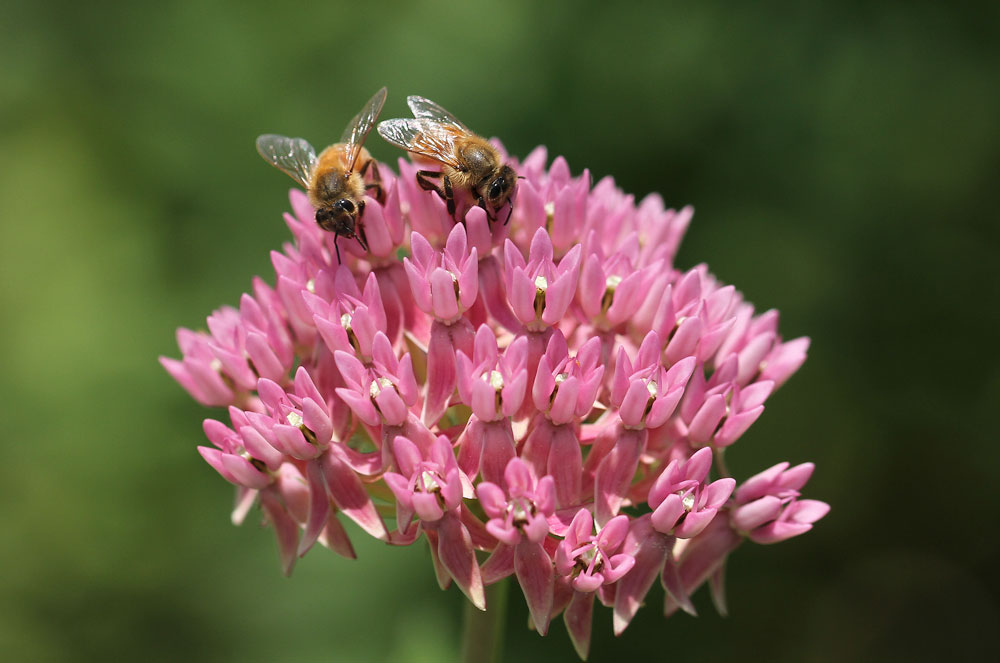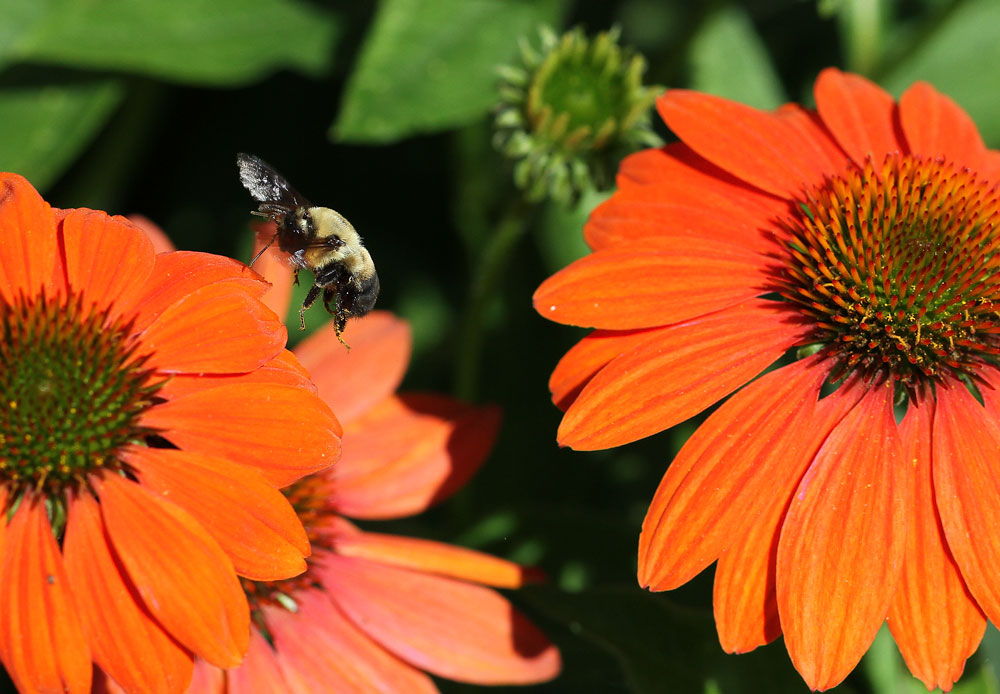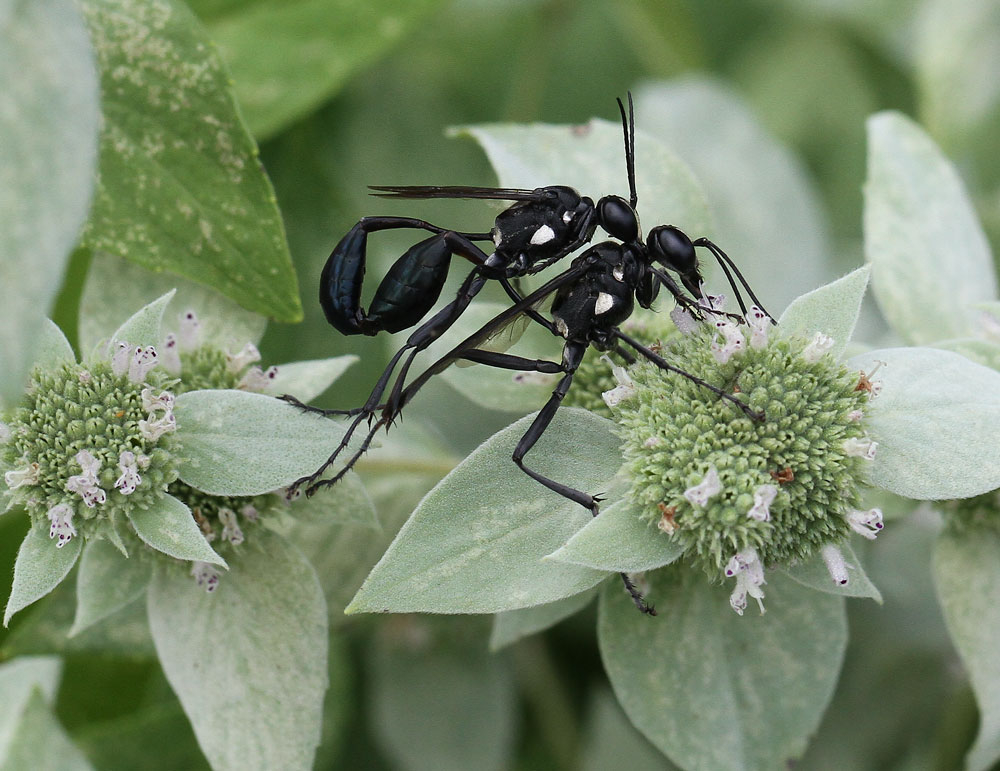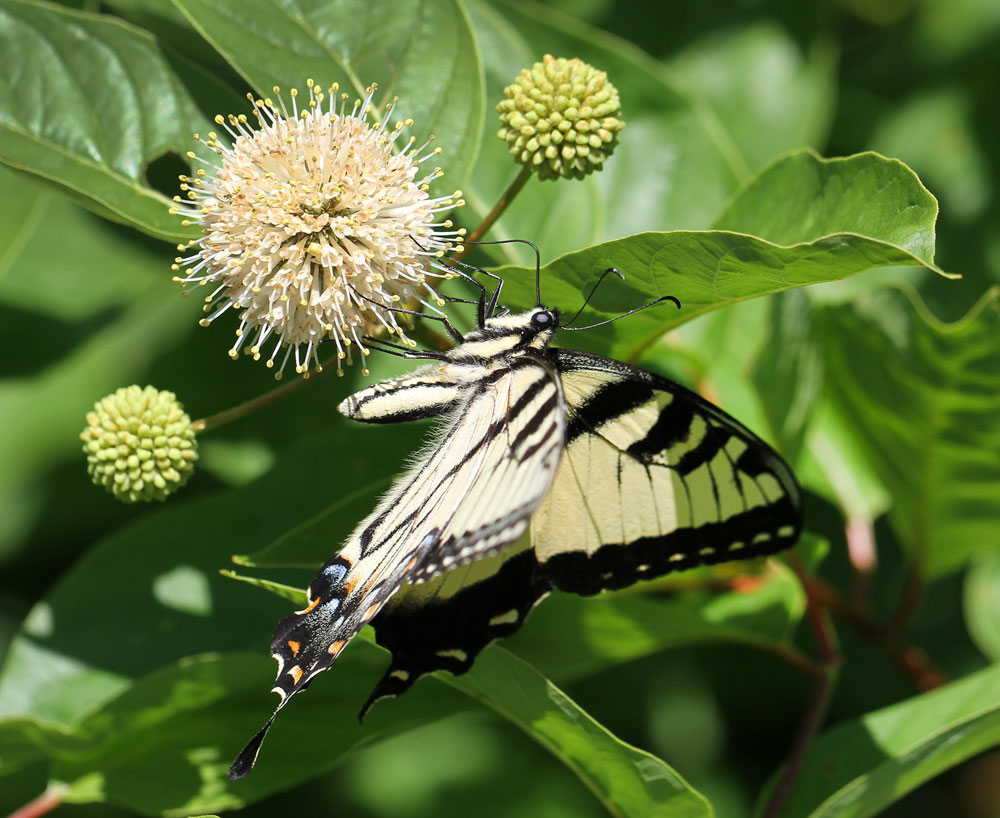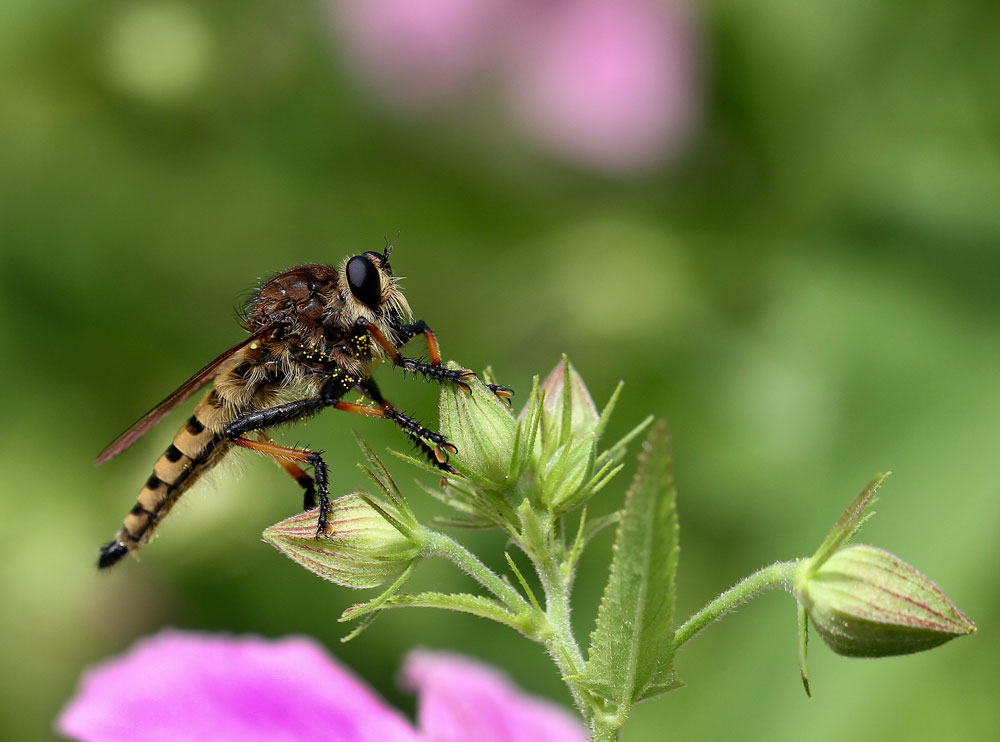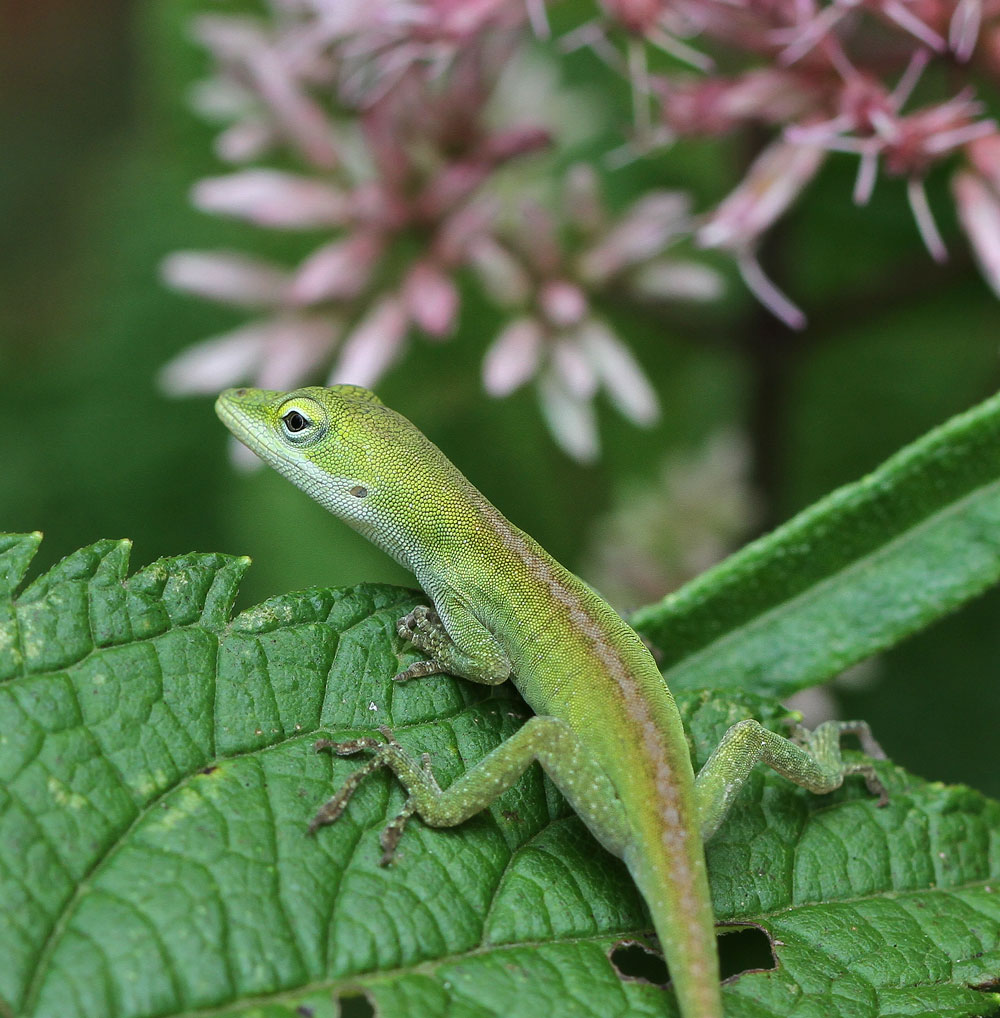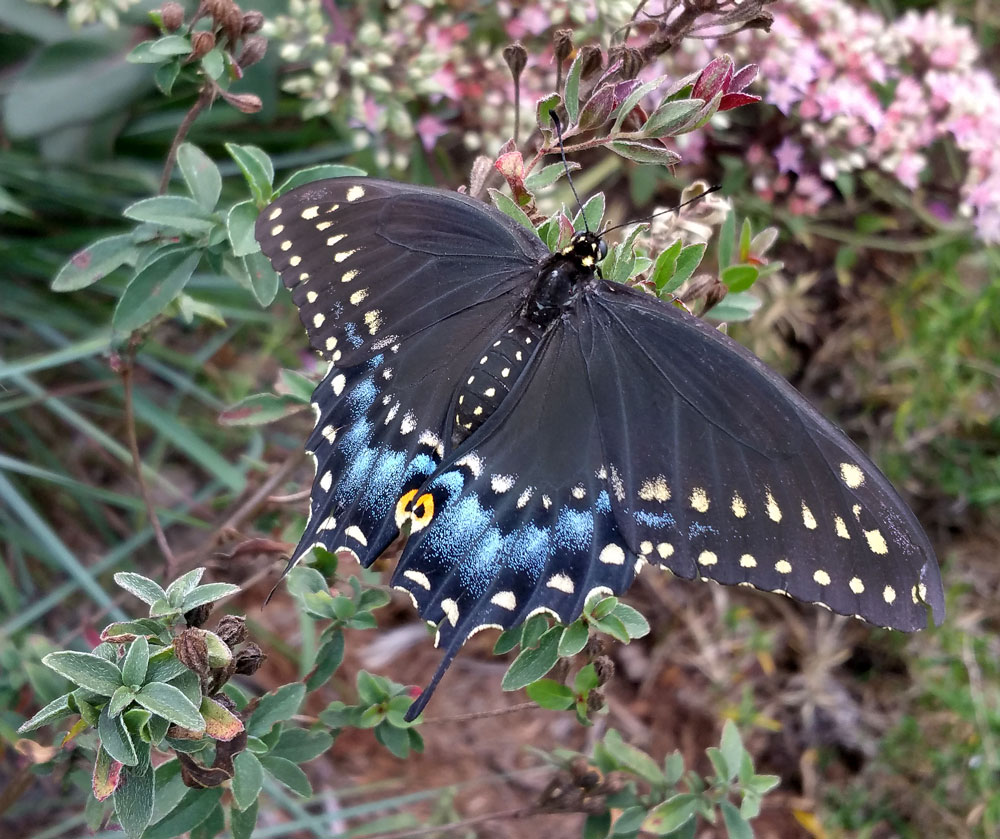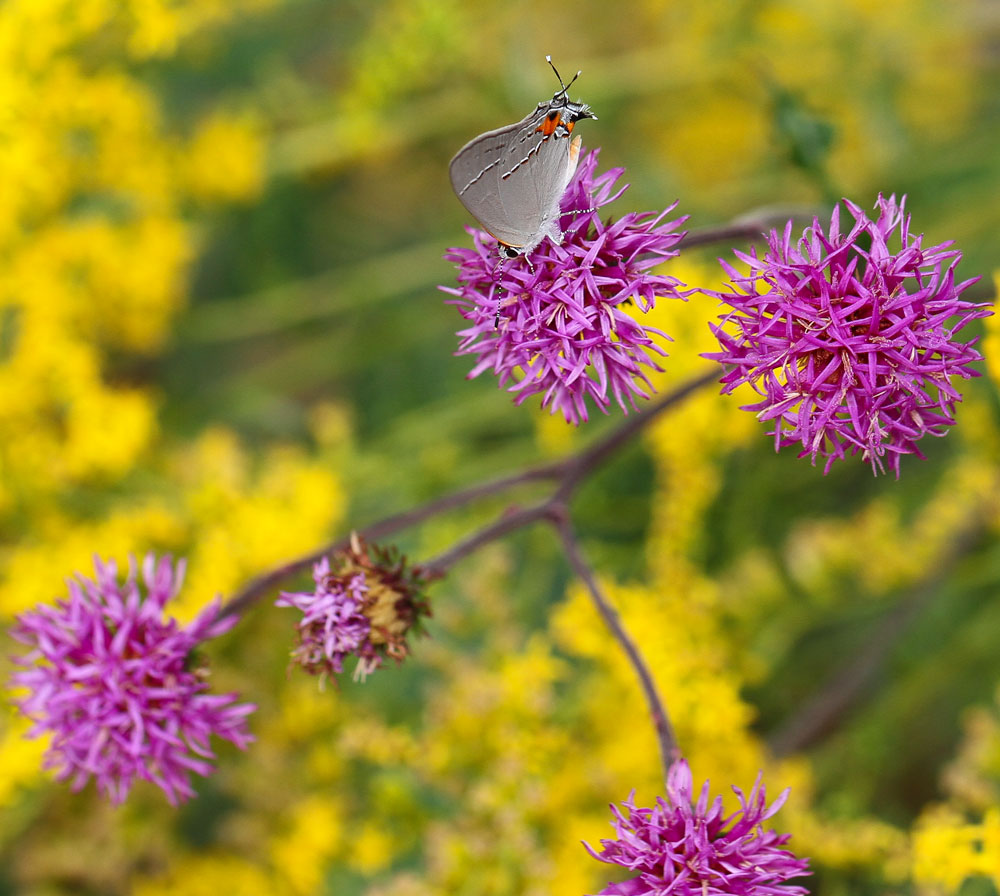Summer Snapshots From Extension’s Pollinator Paradise Garden
go.ncsu.edu/readext?424633
en Español / em Português
El inglés es el idioma de control de esta página. En la medida en que haya algún conflicto entre la traducción al inglés y la traducción, el inglés prevalece.
Al hacer clic en el enlace de traducción se activa un servicio de traducción gratuito para convertir la página al español. Al igual que con cualquier traducción por Internet, la conversión no es sensible al contexto y puede que no traduzca el texto en su significado original. NC State Extension no garantiza la exactitud del texto traducido. Por favor, tenga en cuenta que algunas aplicaciones y/o servicios pueden no funcionar como se espera cuando se traducen.
Português
Inglês é o idioma de controle desta página. Na medida que haja algum conflito entre o texto original em Inglês e a tradução, o Inglês prevalece.
Ao clicar no link de tradução, um serviço gratuito de tradução será ativado para converter a página para o Português. Como em qualquer tradução pela internet, a conversão não é sensivel ao contexto e pode não ocorrer a tradução para o significado orginal. O serviço de Extensão da Carolina do Norte (NC State Extension) não garante a exatidão do texto traduzido. Por favor, observe que algumas funções ou serviços podem não funcionar como esperado após a tradução.
English
English is the controlling language of this page. To the extent there is any conflict between the English text and the translation, English controls.
Clicking on the translation link activates a free translation service to convert the page to Spanish. As with any Internet translation, the conversion is not context-sensitive and may not translate the text to its original meaning. NC State Extension does not guarantee the accuracy of the translated text. Please note that some applications and/or services may not function as expected when translated.
Collapse ▲Photos by Debbie Roos, Chatham County Cooperative Extension
In late 2008, I planted a demonstration pollinator garden at Chatham Mills to provide forage from early spring to late fall for pollinators such as honey bees, native bees, butterflies, flower flies, hummingbirds, beetles, and other beneficial insects. The garden features over 180 unique species of perennials, 85% of which are native to North Carolina. The garden is a great teaching tool that I use to conduct workshops and tours for hundreds of folks each year. It has taught me so much and I enjoy sharing this knowledge with others.
Below you can see photos of plants that were in bloom from June through late August. The pollinator garden averaged 60+ species in bloom in any given week throughout the summer!
I give free tours of the pollinator garden from spring-fall. The next tour will be Wednesday September 14 at 5:30 p.m. See the 2016 Pollinator Garden Tour Schedule here.
For more photos, see:
Fall in the Pollinator Garden – 2015
The Amazing Diversity of Critters in the Pollinator Garden – 2015
The Amazing Diversity of Critters in the Pollinator Garden – 2014
For more information:
Pollinator Paradise Garden website
Slide Show of Pollinator Garden: Take a Virtual Tour!
What’s in Bloom in the Pollinator Garden – updated bi-weekly!
List of Plants in the Pollinator Garden
Top 25 Native Pollinator Plants for North Carolina
Click on each photo to enlarge.
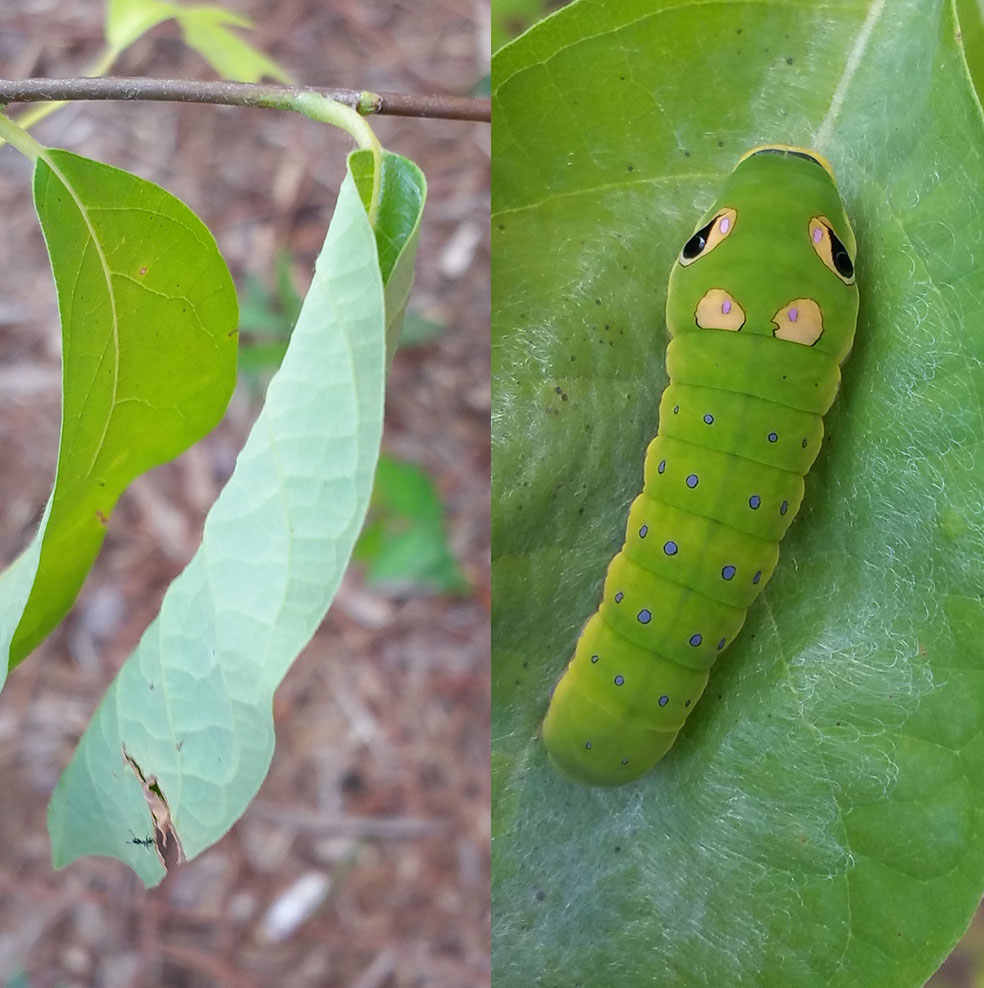
Spicebush swallowtail caterpillar on spicebush. The leaves emit a phytochemical that makes the caterpillars sensitive to sunlight so they often will spin a silk to fold the leaf over on top of them to shield themselves from the sun, coming out in the evening to feed. Photos by Debbie Roos.

The two-spotted longhorned bee knows to visit the seashore mallow in the morning before the blooms close in the afternoon! Photo by Debbie Roos.

An American snout butterfly and an Ailanthus webworm moth forage side-by-side on Small’s goldenrod. Photo by Debbie Roos.
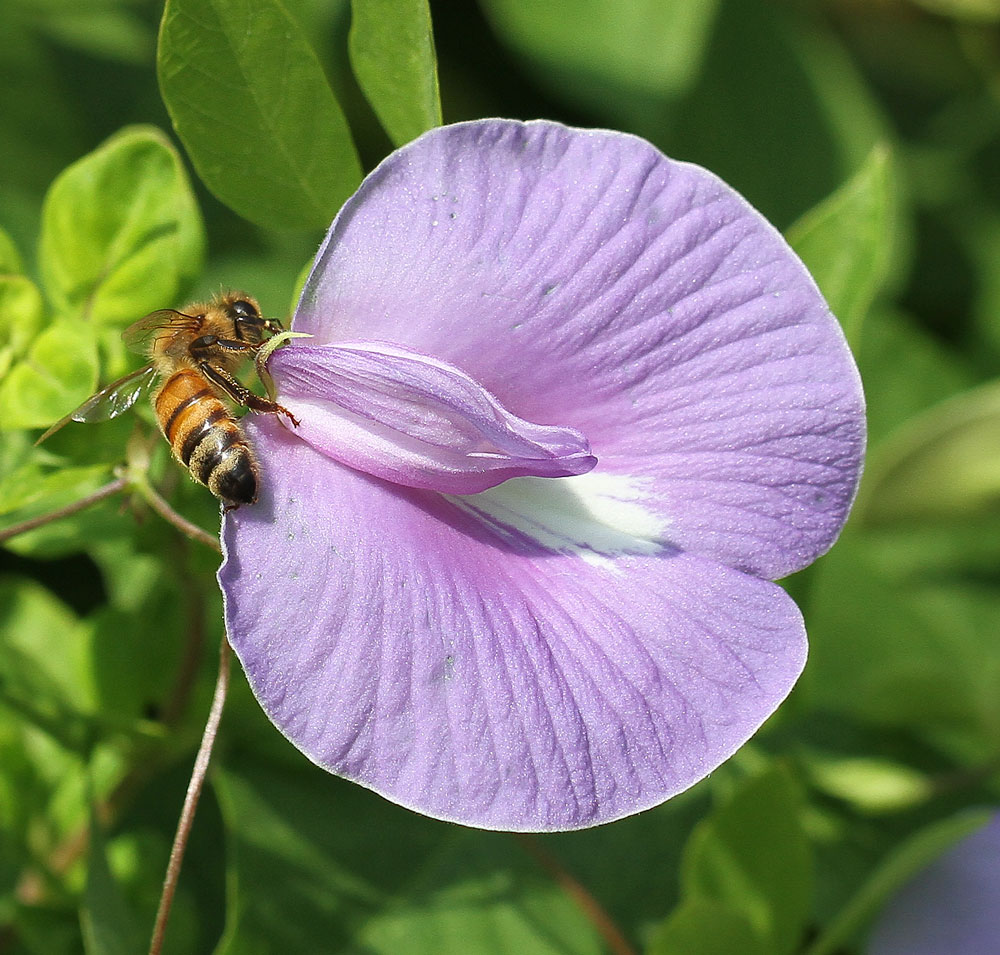
The honey bees seem quite interested in spurred butterfly pea, a native vine planted as a groundcover. Photo by Debbie Roos.



